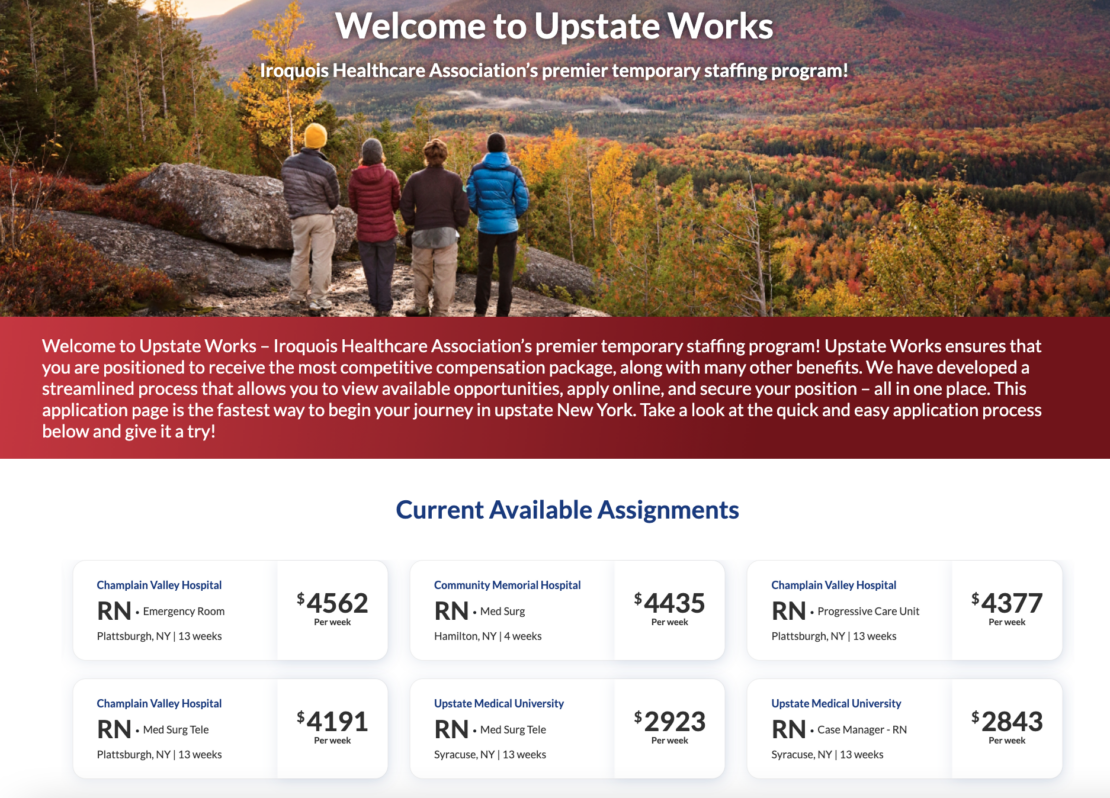
For some time, I’ve been looking for one “source” that curates modern takes on HR Tech, perspectives from the people who build it, and its impact on enterprise — something that’s tailor-made by professionals for decision-makers.
I never found it — so I decided to build it.
Every week, I’ll be sharing fresh insights on tech platforms, design, data, and the future of work — straight to your inbox.
My Thoughts
As of Wednesday, January 25th, 59,448 tech workers have been laid off since the start of the new year. 🗓️
That tracking website doesn’t break down specific demographics. However, given the boom in remote work, even the most conservative estimates would mean that several thousand workers who represent this number worked — and were terminated — in remote environments. I believe this has caused some serious shortcomings in layoff etiquette. 🤝
I’ll start by saying I don’t think all these layoffs are unwarranted. Companies overhire and some employees simply don’t meet expectations, and I believe many businesses are taking this layoff-wave to restructure their teams and taking actions they should have a long time ago. But regardless, there’s no excuse for the current reality that’s been brought to light in a recent article from the New York Times detailing the stress of layoffs and the fact that remote workers struggle with a unique situation. In as little as an email, they can be completely cut off from their organization. They don’t have the closure of leaving an office for the last time or commiserating with fellow fallen coworkers. Sometimes their final interaction is the task of mailing back a company laptop. They are alone, but no one seems to care.
In the same way that driving a car 🚗 makes people feel invincible, interacting with people through a screen makes us more comfortable being cruel. But we aren’t kids playing video games. We’re adults with obligations to other people. For companies, part of that obligation is appreciating and compensating for the special circumstances of remote workers and helping them through the difficulty of being let go (and ultimately preserving their brand as an employer).
Layoffs are undoubtedly going to continue for the foreseeable future. So let’s make one thing clear for managers who will have to take on this difficult task: Not handling layoffs in person isn’t an excuse to treat workers as less than human.

Tech Innovation at Work
Another acquisition in the tech world is helping enterprises modernize their legacy systems without needing a major stack overhaul. Paylocity, a cloud-based HR and payroll solution, recently acquired Cloudsnap☁️ and is adding its integration automation services to its platform. So what does this mean exactly? Those of us in the HR space will now have a faster, easier, and more efficient way for HR and finance teams to integrate third-party systems without having to hit our heads against a wall. 🤬 We know how business-critical these teams are, yet it’s been a struggle to ensure they have access to and the ability to share data 🗂️ across business functions. Matt Bradley, CEO of Cloudsnap, agrees: “Data drives businesses, but organizations still struggle with multiple systems that don’t connect to each other, and integration continues to pose major challenges to business agility.” This acquisition opens the door to better business — facilitating data sharing and powering HR analytics to improve all enterprise operations.
Everyone, we have the first great digital transformation of 2023! Home Depot launched its employee app, aptly named Sidekick. 🦸 The app aims to boost productivity by helping employees identify areas of need and equipping them with the tools to make the best decisions for themselves and their work. Sidekick uses machine learning (ML) to inform associates what tasks are the most time-sensitive, even going so far as identifying which shelves to restock, locating products 🔎, and showing users how to complete tasks. The biggest game changer here is not entirely the app itself but how it’s improving the employee experience. “The app is…built for a Day 1 Associate, following our design tenet of no user training required,” said Muzammil Akram, VP of Technology, Store Systems at Home Depot. You read it right — no user training means immediate implementation. 🐝 And by prioritizing employee feedback, the company has positioned its efforts for success in the long haul. Needless to say, I’m looking forward to seeing how this unfolds. Technology was always supposed to be a tool to make our lives easier, and this seems like a prime example of that in action.
The Changing Workplace
The Iroquois Healthcare Association, a regional healthcare trade organization in New York, launched their new, innovative healthcare 🏥 staffing agency, Upstate Works, in the (surprise) upstate New York area. 🗽 “We cannot continue to sit idly by while Hospitals are made to pay a projected $1.2B to staffing agencies during a health care staffing crisis,” said IHA President & CEO Gary J. Fitzgerald. “Upstate Works will help hospitals save precious resources and ensure that all New Yorkers have access to care in Upstate.” In addition to offering staffing services for up to 20% less than traditional agency rates, Upstate Works offers market intelligence 🧠 insights into local rates that help networks stabilize costs and attract staff with competitive pay. Innovative solutions like this will prove crucial to providing equitable support for health systems and improving well-being in an era where provider burnout is rapidly depleting the workforce.

Though hybrid work has solidified its presence in the world of work, many people still feel that in-office workers are receiving more opportunities than their remote and hybrid counterparts. 📍 A research survey by the American Staffing Association and The Harris Poll found a majority of respondents believe that those who work exclusively onsite have a distinct competitive advantage. At this point, the recognition of workplace proximity bias is well-known, but that doesn’t completely mitigate its risks. The most effective solution to this bias, HR experts say, is to counteract the impulse of considering the first people that come to mind with a tactful analysis of whose skills match the opportunity. 🧠 🤝 🧑💼 Read more of the survey results here.

